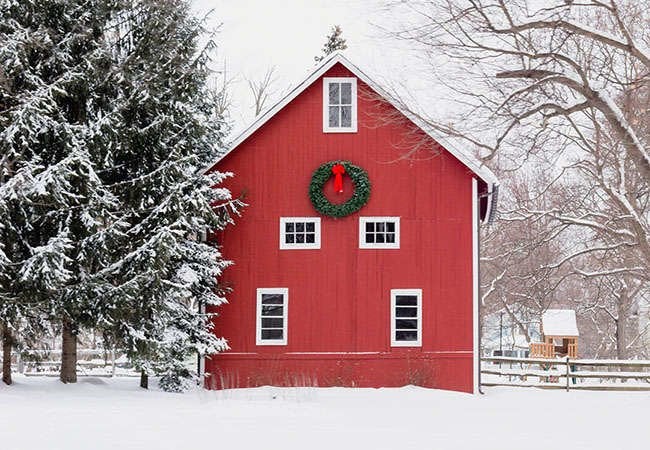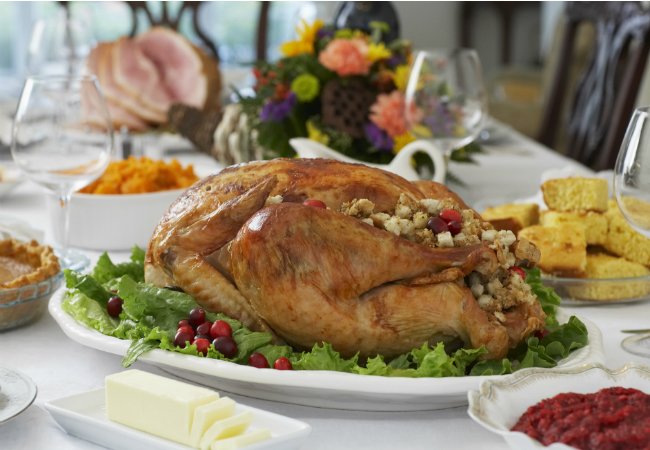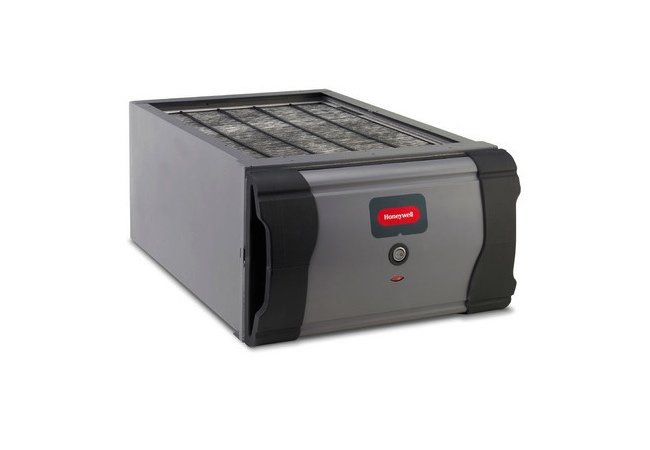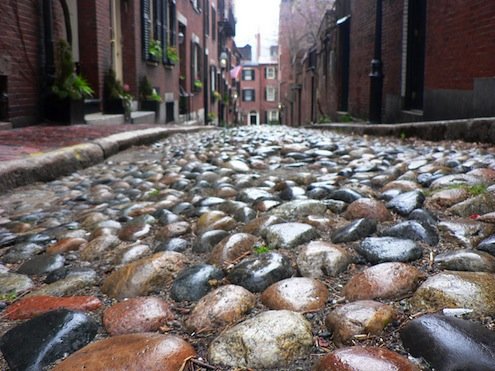We may earn revenue from the products available on this page and participate in affiliate programs. Learn More ›
‘Tis the Season to Overspend
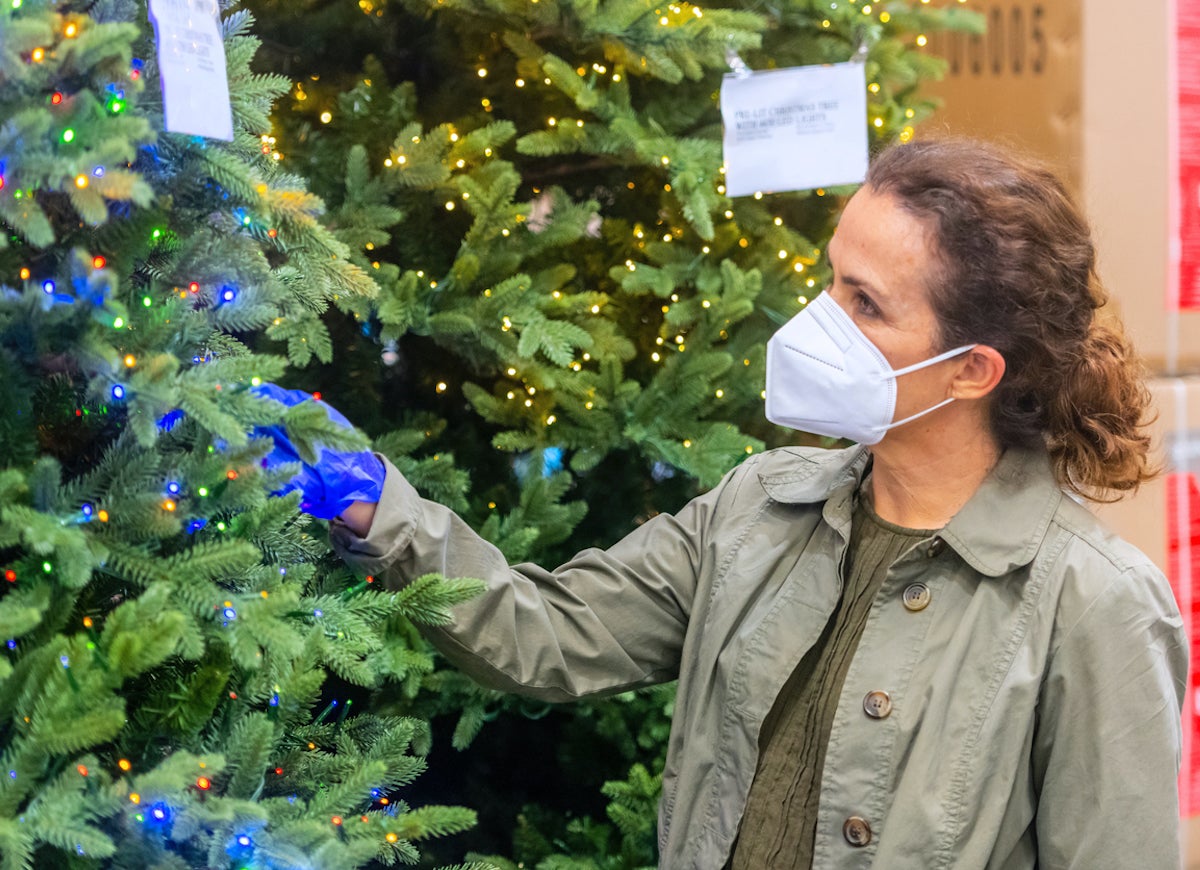
There’s no way around it: The holidays are a major money drain. According to a recent survey from the National Retail Federation, Americans plan on spending an average of $997.79 this holiday season on gifts, decorations, and food. While predicted spending is down slightly from 2019, saving money is a priority for many people this year due to the pandemic. Fortunately, there are ways to get the cash flow under control; in fact, a surprising amount of yuletide overspending is self-inflicted. Here are 15 ways Americans waste money over the holidays, along with some tips to help chronic overspenders reform their wayward ways.
Waiting Until the Last Minute

You may start the season with the best of intentions, determined to get all your Christmas shopping done before Halloween. But then suddenly it’s the middle of December and you have done nothing, so you make a desperate dash for the stores. This is a horrible mistake: When you wait until the last minute for your holiday purchases, not only do prices creep up, but you also lose your chance to shop around for the best deals, and as a result you overspend.
Related: The Best Black Friday Deals 2020: The Best Early Deals and Sales at Samsung, Home Depot, and More
Not Creating a Holiday Budget
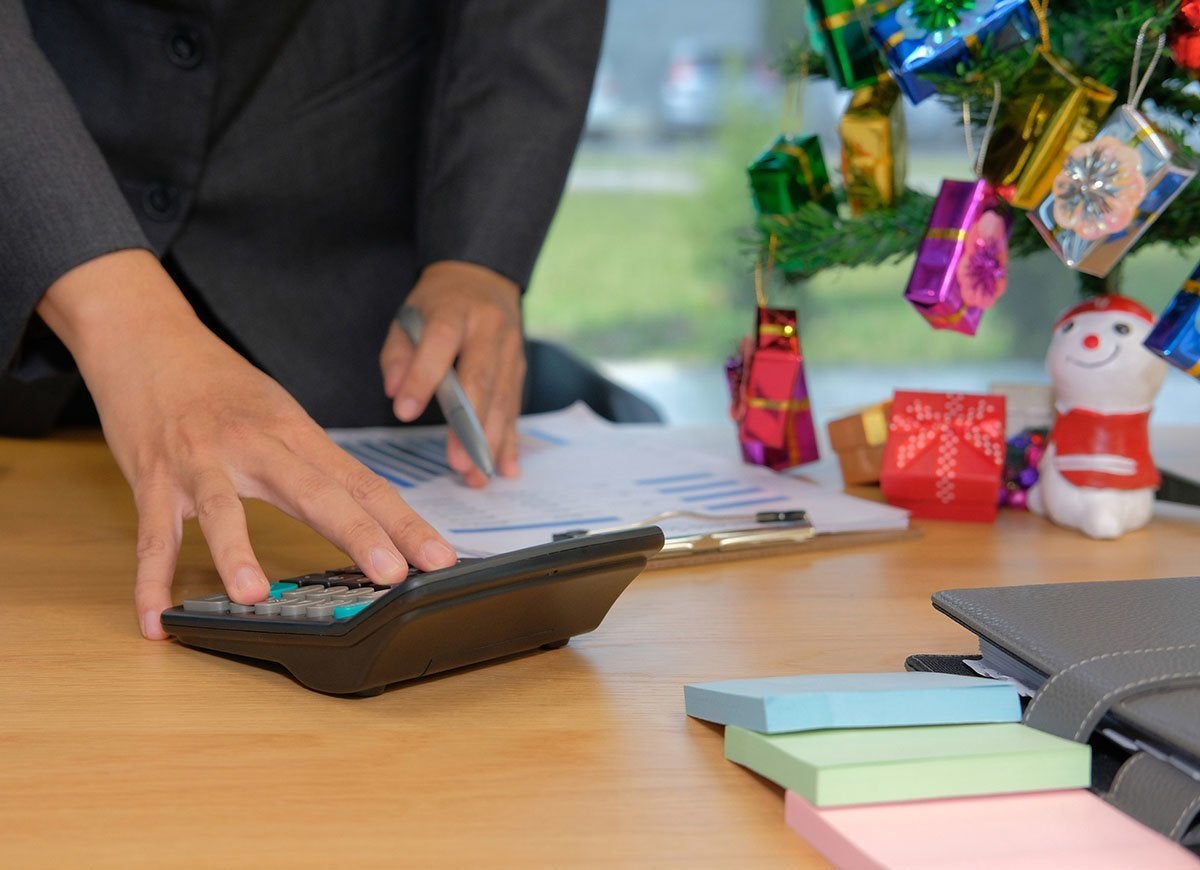
If you don’t have a ballpark estimate of what you can safely spend during the holiday season, it’s much too easy to rack up serious debt on holiday staples like presents, decorations, and festive food and drink. Setting a spending limit before you hit the stores will save you from depleting your bank account or having to face a hefty credit card bill come January.
Related: 13 Gifts That Look Way More Expensive Than They Really Are
Too Many Outdoor Decorations

Blame it on shows like “The Great Christmas Light Fight” or on Clark Griswold, the overzealous light-stringer of “National Lampoon’s Christmas Vacation,” but one thing is certain: Many of us go over the top in decking our halls for the holidays. When you consider both their purchase price and the cost of the electricity to power them, outdoor decorations are one of the easiest ways to blow your holiday budget. Pare down your expenses by DIYing your outdoor decor with natural wreaths, simple garlands, and only a few strategically placed strings of holiday lights.
Related: 15 Artificial Christmas Trees That Look Like the Real Deal
Paying for the Warranties on Gifts

Whether you’re purchasing a new gaming system, an appliance, or some other big-ticket item this holiday season, the cashier will probably suggest that you buy an extended warranty to protect the item. This can add anywhere from a few extra bucks to hundreds of dollars to the purchase price. An extended warranty is usually just a waste of money, so save yourself a few bucks by saying no.
Having Too Many People on the Gift List

It can be difficult to know where to draw the line when you’re writing up your holiday gift list. Like Santa, check your list twice to see if there are some people you can cross off. Or, rather than purchasing gifts for everyone consider putting one of the hobbies you picked up during quarantine to use by baking treats or cross-stitching to give as gifts.
Overcommitting to Holiday Get-Togethers

This year your holiday social calendar might not be booked, but during the typical holiday season it seems like every time you turn around there’s yet another neighborhood gathering, after-work cocktail party, or some other festive get-together. For most of these events, you end up either picking up part of the tab or bringing food or drink to share. To save some cash (and free up your calendar), commit to only those parties that you are truly excited to attend. Keep this in mind for Zoom parties, too. Don’t feel inclined to log on and make an at-home spread if you prefer doing something else with your time.
Paying Too Much for Shipping
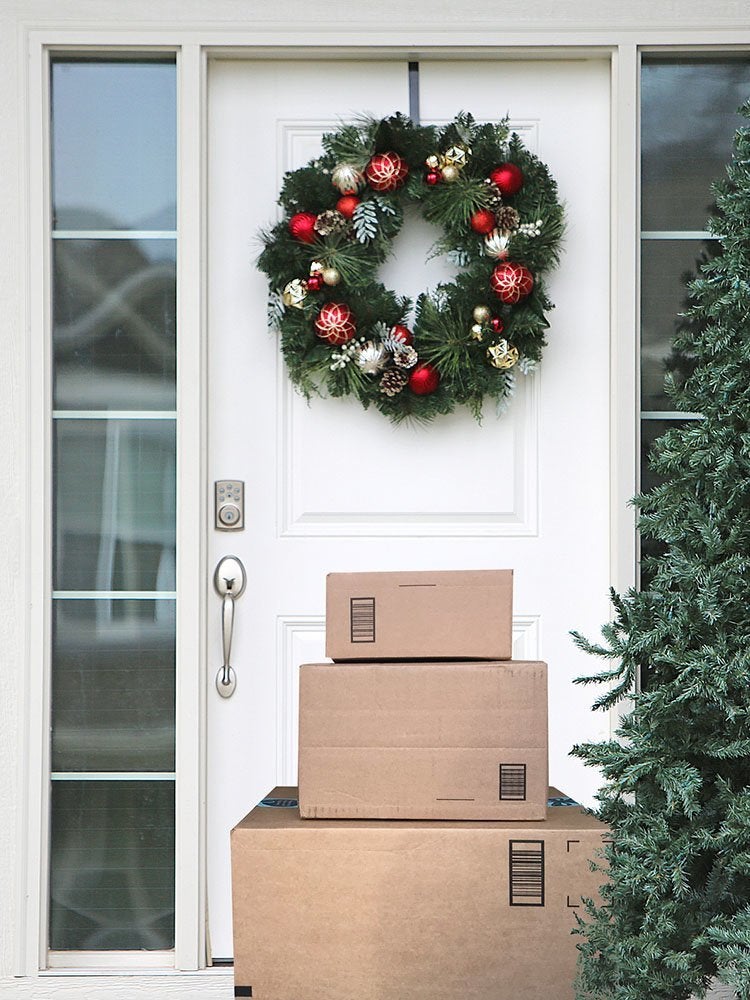
If you plan on sending gifts to your friends and family this year, you are already going to have a higher cost per present—and this cost can increase astronomically if you make a few classic shipping mistakes. To keep shipping costs under control, plan ahead and ship early to avoid rush charges, consolidate boxes as much as you can, and try to reuse packing material you have lying around at home.
Related: 12 Things You Can Do to Protect Yourself from Package Theft
Spending on Yourself

We all know that the holiday season is about doing for others, but it can be hard to resist that great deal on sweaters you saw while picking up a gift for your sister. Spoiling yourself with a few unanticipated extras can quickly blow your holiday budget, so even if you’re at the top of the “nice” list, try not to be too generous with yourself.
Buying Top-of-the-Line Wrapping Paper
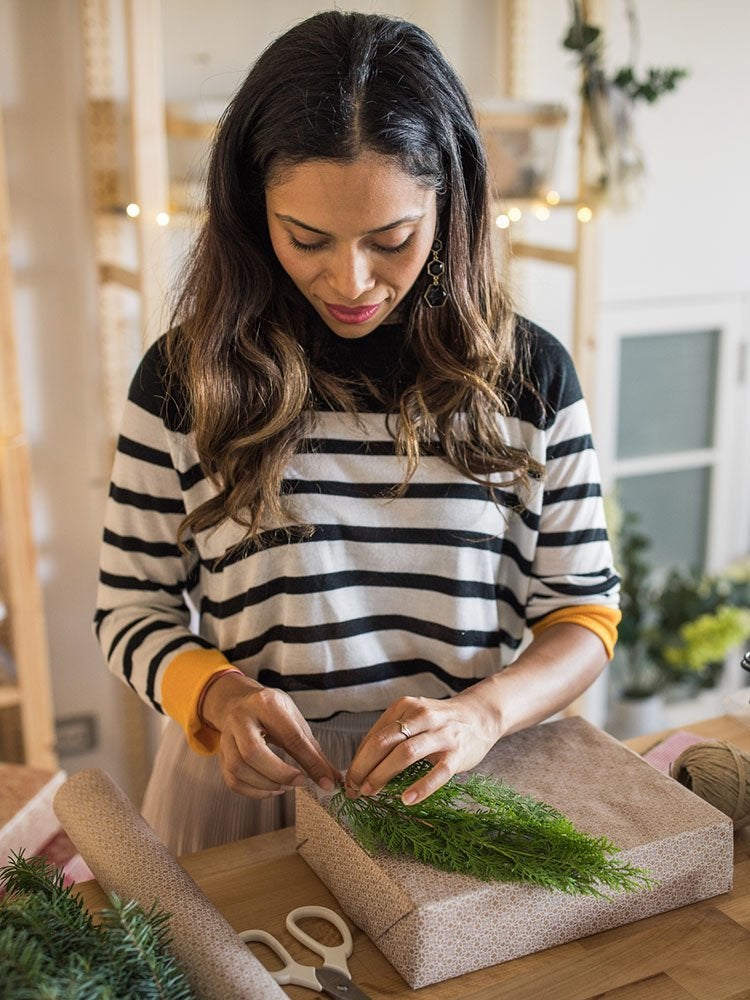
Part of the fun of opening a present is ripping up the beautiful wrapping to get to the surprise inside. That impulse to make our packages pretty means that it’s all too easy to go overboard with the gift wrapping. Yet beyond ephemeral aesthetics, there’s no good reason to splurge on expensive wrapping paper. Try to keep it simple with cheaper alternatives like butcher paper, paper grocery bags, or newspaper.
Related: 13 Better-Than-Gift-Wrap Ideas for Packaging Presents
Spending for the Sake of Convenience
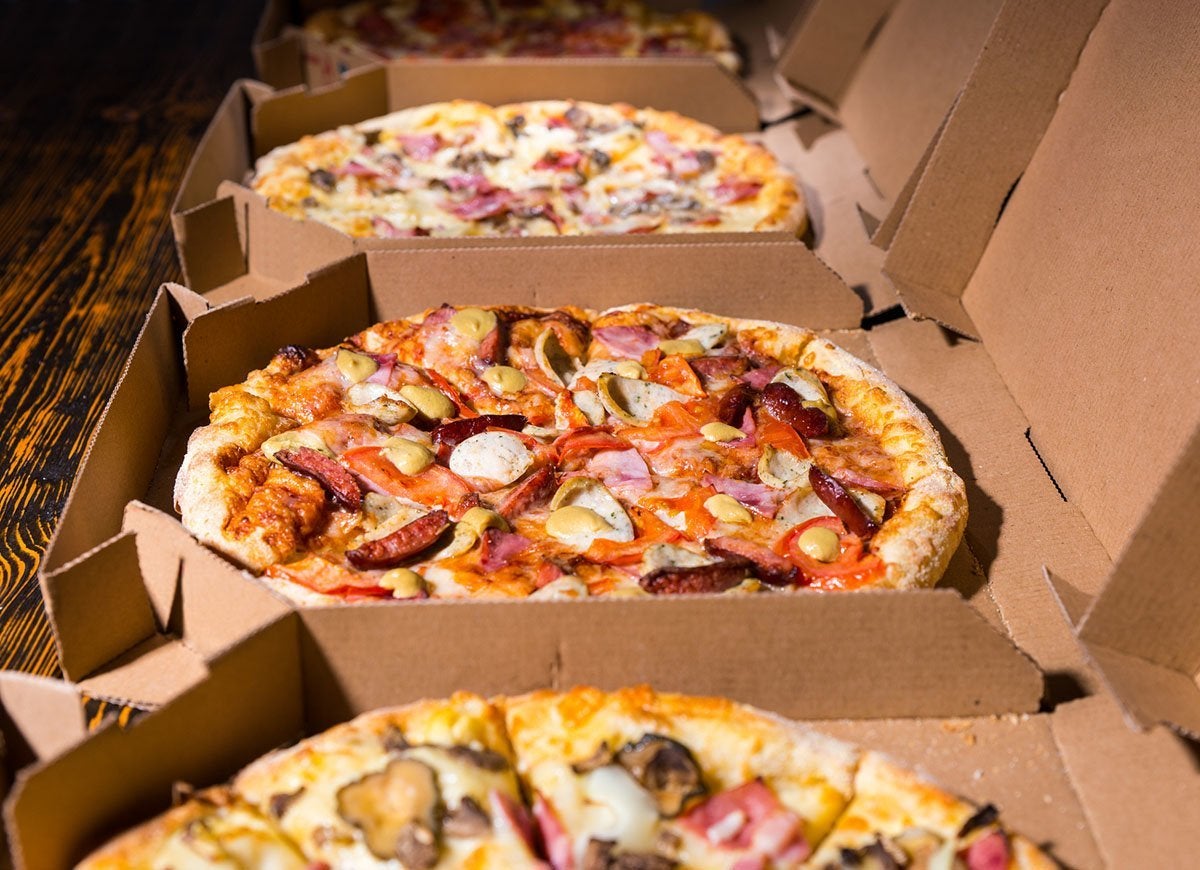
The holidays are one of the busiest times of the year, and our crazy schedules and packed to-do lists spur us to make rash spending decisions for the sake of convenience. Of course, it’s way easier to order pizzas after a long day of holiday shopping than it is to cook a meal, but sticking to your regular routine as much as possible will prevent you from spending cash unnecessarily.
Buying Airline Tickets for the Wrong Day
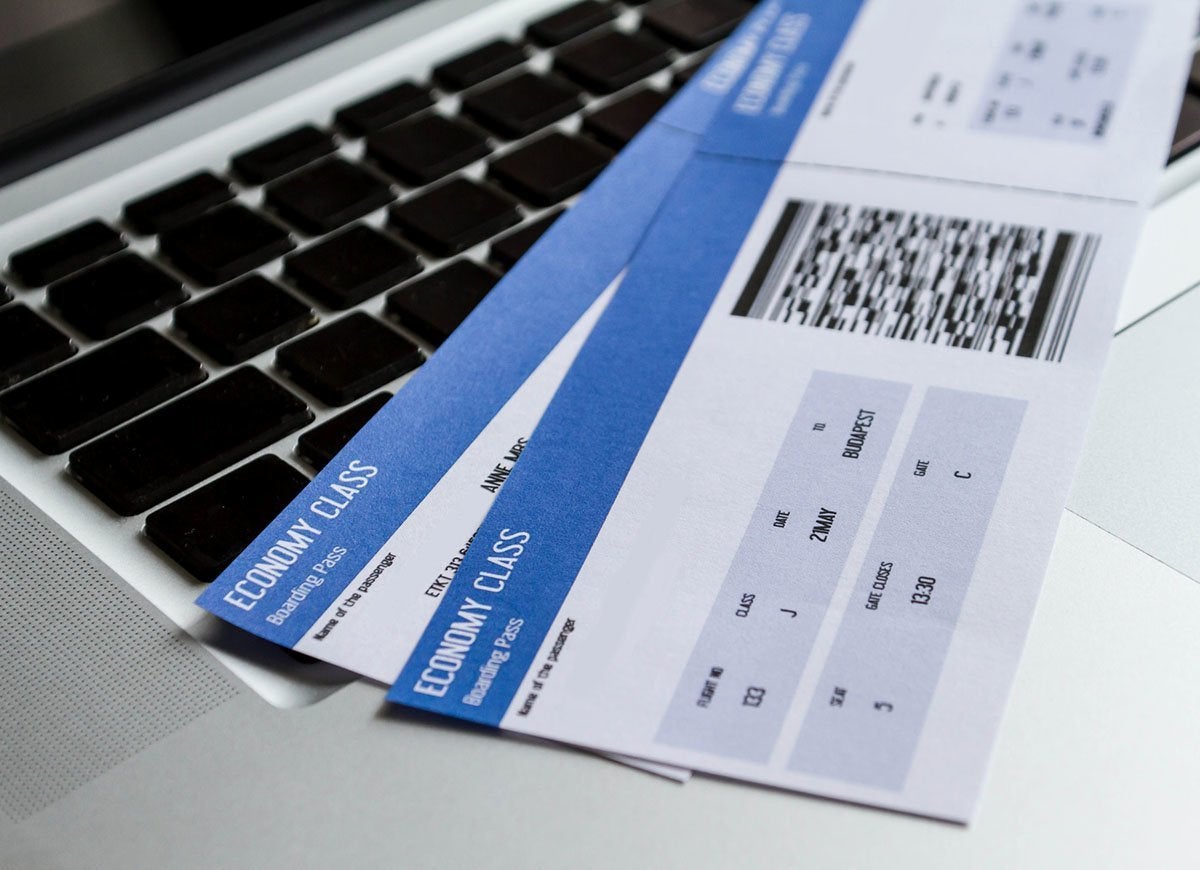
Flying during the holidays is never going to be a bargain, but some days are cheaper than others to travel. According to the travel site Hipmunk, the most expensive flight itinerary this year will be an arrival date of Saturday, December 21 with a departure date of Sunday, December 29. The least expensive trip, if you can swing it, is a real whirlwind, with an arrival on Christmas Day and a departure on December 26.
Not Using Free In-Store Pickup

Do you plan on shopping online at stores like Target, Walmart, Lowe’s, or Verizon? If your purchase doesn’t qualify for free shipping directly to your home, then choose the option of having your item sent to the nearest store to avoid shipping fees.
Related: 14 Store Policies You Should Be Taking Advantage Of
Spending Too Much Time on Social Media

Mindlessly scrolling through social media during the holiday season not only contributes to spending way too much time on your phone but can also cause you to spend more money. According to a Credit Karma survey about social media and holiday spending, 64 percent of respondents who bought items through social media said the purchases were unplanned—and 82 percent said they ended up regretting those impulse buys.
Falling for In-Store “Deals”

We all love a good deal, especially if it can save us a few bucks over the holiday season, but beware of in-store deals that trick you into buying more. Sure, buy one get one 50 percent off seems like a steal—until you realize that you really needed only one of those items.
Related: Target’s Black Friday will Last All of November This Year—6 Ways to Take Full Advantage
Not Shopping Around Before You Buy

With so many good deals on Black Friday and Cyber Monday, it can be tempting to try to take advantage of the potential savings. That said, before you click “purchase” or fight your way through the crowds for the hottest toy of the season, shop around online as well as at brick-and-mortar stores to ensure that you’re actually getting your item for a rock-bottom price.
Related: 12 Online Shopping Mistakes You’re Probably Making









